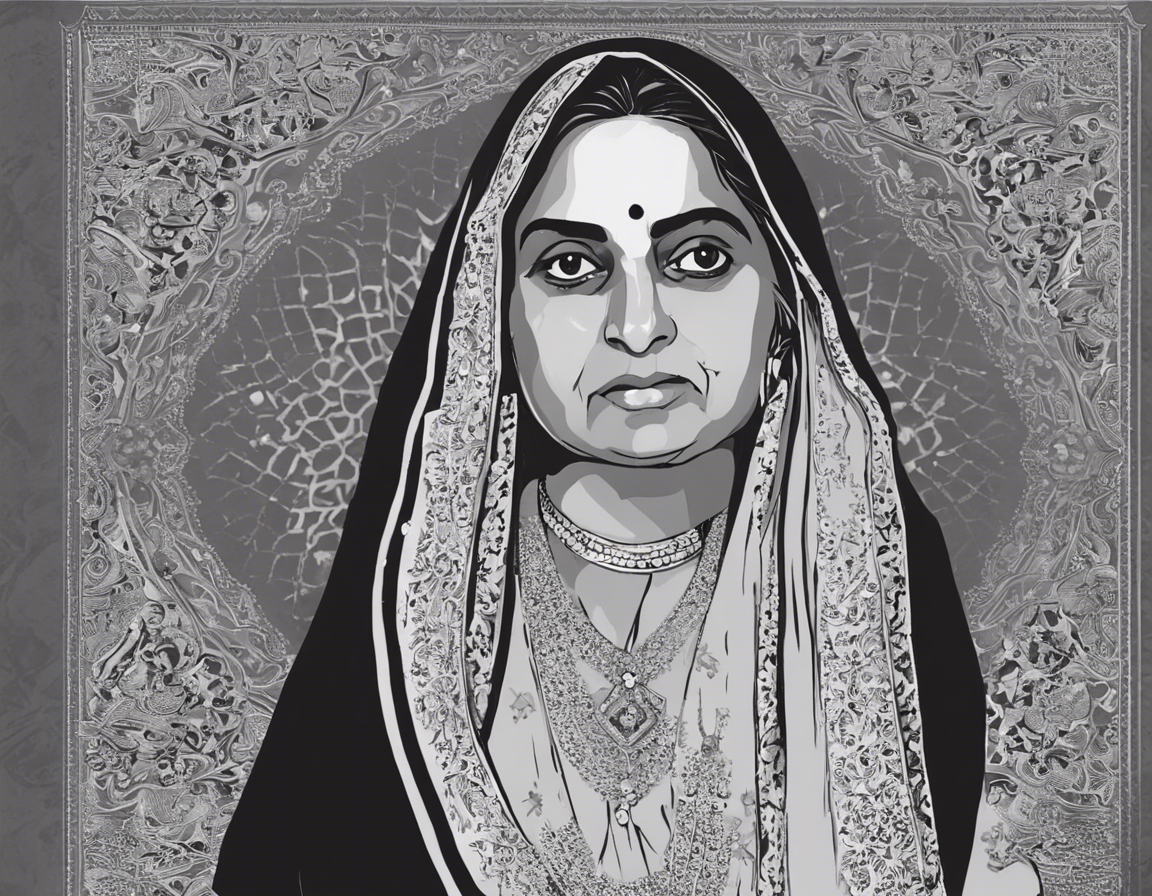Introduction
In the realm of legal history in India, the Shah Bano case stands out as a significant landmark that sparked nationwide debates on the intersection of personal laws, gender rights, and religious practices. The case not only brought to the fore the complexities of Muslim personal law but also raised crucial questions about the rights of Muslim women in matters of maintenance and divorce. To comprehend the full implications of the Shah Bano case, it is essential to delve into its historical context, legal intricacies, and the lasting impact it has had on the landscape of family law in India.
Historical Background
The Shah Bano case dates back to the early 1980s when Shah Bano, a 62-year-old Muslim woman from Indore, was divorced by her husband, Mohammed Ahmed Khan. Following the divorce, Khan refused to provide maintenance to Shah Bano, as mandated under Section 125 of the Criminal Procedure Code (CrPC), which applies to all communities in India irrespective of their personal laws. Shah Bano filed a petition in the Supreme Court seeking maintenance from her husband, thus setting off a legal battle that would come to shape the discourse on personal laws in the country.
Legal Proceedings
The crux of the legal dispute in the Shah Bano case revolved around the interpretation of Section 125 of the CrPC and its applicability to Muslim women. While the Supreme Court, in its landmark judgment in 1985, ruled in favor of Shah Bano, ordering her husband to provide her with maintenance, the case took a contentious turn with the subsequent enactment of the Muslim Women (Protection of Rights on Divorce) Act, 1986. This legislation, passed by the Indian government in response to the uproar generated by the Shah Bano case, sought to dilute the Supreme Court’s verdict by restricting the maintenance period for divorced Muslim women to a mere 3 months after the divorce.
Legal Implications
The aftermath of the Shah Bano case and the enactment of the aforementioned legislation underscored the tensions between constitutional provisions guaranteeing gender equality and the religious rights of minorities under Article 25 of the Indian Constitution. Critics argued that the dilution of the Supreme Court’s judgment in the Shah Bano case set a dangerous precedent by allowing religious considerations to override fundamental rights, particularly those pertaining to gender equality and non-discrimination.
Impact on Gender Rights
The Shah Bano case brought to the fore the plight of Muslim women in India who often found themselves at the mercy of arbitrary and discriminatory practices sanctioned under personal laws. The case underscored the urgent need for legal reforms to ensure that women, irrespective of their religious affiliations, were granted equal rights and protection under the law. Furthermore, it triggered a national dialogue on the need to strike a balance between religious freedoms and gender justice in a pluralistic society like India.
Current Status
In contemporary India, the legacy of the Shah Bano case continues to reverberate in ongoing debates on the reform of personal laws and the quest for gender-just legal frameworks. While some progress has been made in recent years, such as the abolition of the practice of Triple Talaq and the criminalization of instant divorce, significant challenges remain in ensuring comprehensive legal protections for women across all communities.
Conclusion
The Shah Bano case remains a watershed moment in the legal history of India, symbolizing the complexities and challenges inherent in the quest for gender justice within the framework of personal laws. By highlighting the struggles of Muslim women like Shah Bano and underscoring the need for equitable legal remedies, the case continues to serve as a poignant reminder of the imperatives of reform and progress in the realm of family law. As India navigates the terrain of legal pluralism and gender rights, the lessons of the Shah Bano case resonate as a clarion call for a more inclusive and just legal system that upholds the rights and dignity of all its citizens.
FAQs
- What was the significance of the Shah Bano case in the context of gender rights in India?
-
The Shah Bano case threw light on the challenges faced by Muslim women in accessing legal remedies and maintenance post-divorce, thus catalyzing discussions on gender justice in the country.
-
How did the enactment of the Muslim Women (Protection of Rights on Divorce) Act, 1986, impact the Supreme Court’s verdict in the Shah Bano case?
-
The legislation sought to dilute the Supreme Court’s judgment by limiting the maintenance period for divorced Muslim women, leading to concerns about the primacy of religious considerations over gender rights.
-
What broader legal and social implications did the Shah Bano case have in India?
-
The case highlighted the need for a nuanced approach to balancing religious freedoms with gender equality, underscoring the imperatives of legal reform and social change.
-
What reforms have been initiated in recent years in response to the issues raised in the Shah Bano case?
-
Measures such as the abolition of Triple Talaq and the criminalization of instant divorce represent steps towards enhancing legal protections for women in India.
-
How has the legacy of the Shah Bano case influenced the discourse on family law and personal laws in the country?
- The case continues to shape debates on the reform of personal laws and the quest for gender-just legal frameworks, emphasizing the ongoing struggles for equality and justice.
